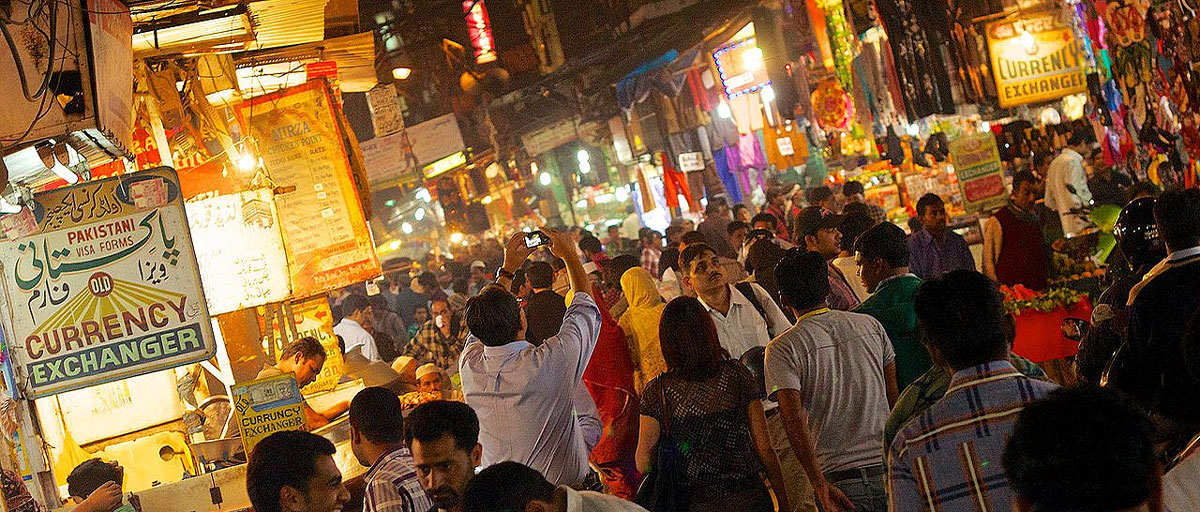Bildtext får vara max två rader text. Hela texten ska högerjusteras om den bara ska innehålla fotobyline! Photo: B. Christensen/Azote
URBAN HEAT ISLAND EFFECTS
Cooling down our increasingly dense cities
- Researchers have developed a model that more accurately can assess how green areas help cool the effects of urban heat islands
- In urban areas with a Mediterranean climate, vegetation that include trees proved better for climate regulation compared to, for example, lawns or grasslands.
- This data provides more accurately predicting maps used for the management of urban green spaces and assessing how heat affects human well-being
How green areas reduce the urban heat island effect
USING GREEN TO COOL THE GREY: On our increasingly urban planet, impermeable surfaces, grey areas, and artificial barriers such as roads and buildings are sparsely interspersed with isolated patches of greenery.
This geometry causes the urban heat island effect, a climatic phenomenon where warmer and drier conditions develop compared to surrounding rural areas.
Put simpler, urban materials absorb the energy from the sun by releasing sometimes extreme heat.
That can have serious consequences on both humans and biodiversity.
In a study published in Science of The Total Environment, centre researcher Timon McPhearson along with colleagues from Portuguese and US universities has developed a model that more accurately can assess how green areas help cool the effects of urban heat islands. This information will add weight to the reasons why green areas are crucial to our increasingly dense cities.
Besides having a cooling and humidifying island effect, green spaces also increase biodiversity, save energy while also maintaining mental and physical health.
Filipa Grilo, lead author
Trees better than grass
To test the influence of different variables on the urban microclimate, the authors measured temperature and relative humidity in locations with varying green and grey cover in the winter and summer seasons.
Focusing on Almada, a municipality located within the metropolitan area of Lisbon, the model suggest that vegetation structure, composition and management are critical for optimizing the cooling island effect.
In urban areas with a Mediterranean climate, vegetation that include trees proved better for climate regulation compared to, for example, lawns or grasslands.
The authors further found that the type of surrounding grey areas influenced the ability of green areas to provide a cooling effect.

Parks with high density of trees reduce temperature (1-3° C) and increase relative humidity (2-8%) mostly during summer. Tree canopy area influences temperature and relative humidity as far as 60 m.
Informing citizens and planners
The researchers believe this type of information can help citizens, stakeholders, policymakers and municipalities to plan urban areas more effectively, because the data is more accurate and seasonal variations are made more explicit.
“We are able to build more accurately predicting maps which can be used for the management of urban green spaces and assessing how heat affects human well-being," the authors conclude.
Methodology
To conduct this study, two pairs of green (parks) and grey (squares) areas were selected in Almada's urban core. Temperature (in °C) and relative humidity (in %) were measured in the considered parks and squares using microclimate sensors coupled with data-loggers, and hourly averages were collected. The sensors were deployed during summer (from August to October 2017) and winter (from December 2017 to March 2018). Land-use and land-cover types were characterized to understand the influence on microclimatic variables.
To visually interpret the obtained climatic data, an interpolation of the mean temperature and relative humidity was performed using the inverse distance weighted (IDW) interpolation. With these models, the authors estimated the mean summer temperature (in °C), and the mean relative humidity (in %) of summer and winter, for the entire study area.
Grilo, F., Pinho, P., Alexio, C., Catita, C., Silva, P. et.al. 2020. Using green to cool the grey: Modelling the cooling effect of green spaces with a high spatial resolution. Science of The Total Environment Volume 724, 1 July 2020, 138182, https://doi.org/10.1016/j.scitotenv.2020.138182

Timon McPhearson's research focuses on nature-based solutions for climate change adaptation in cities.









